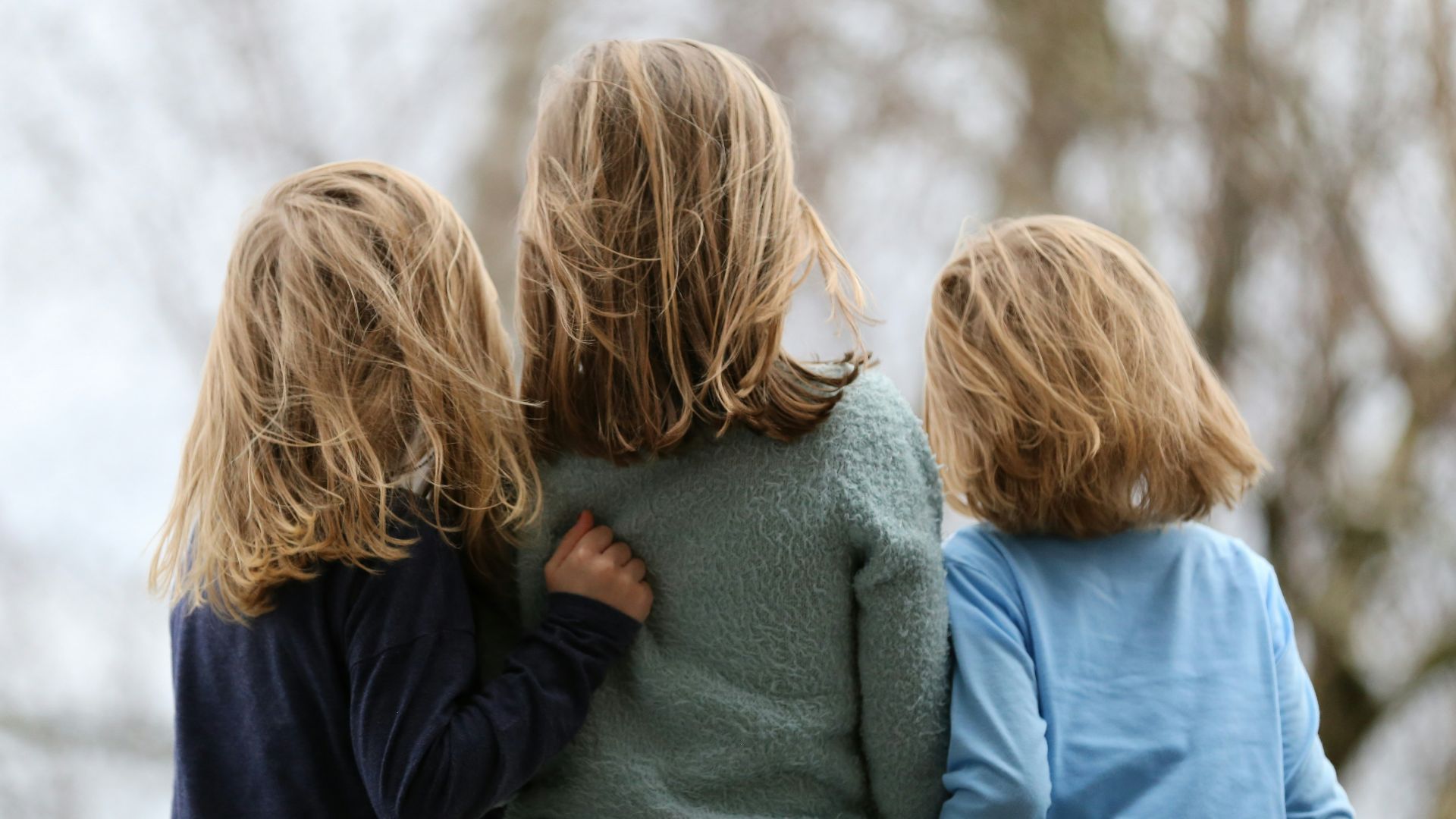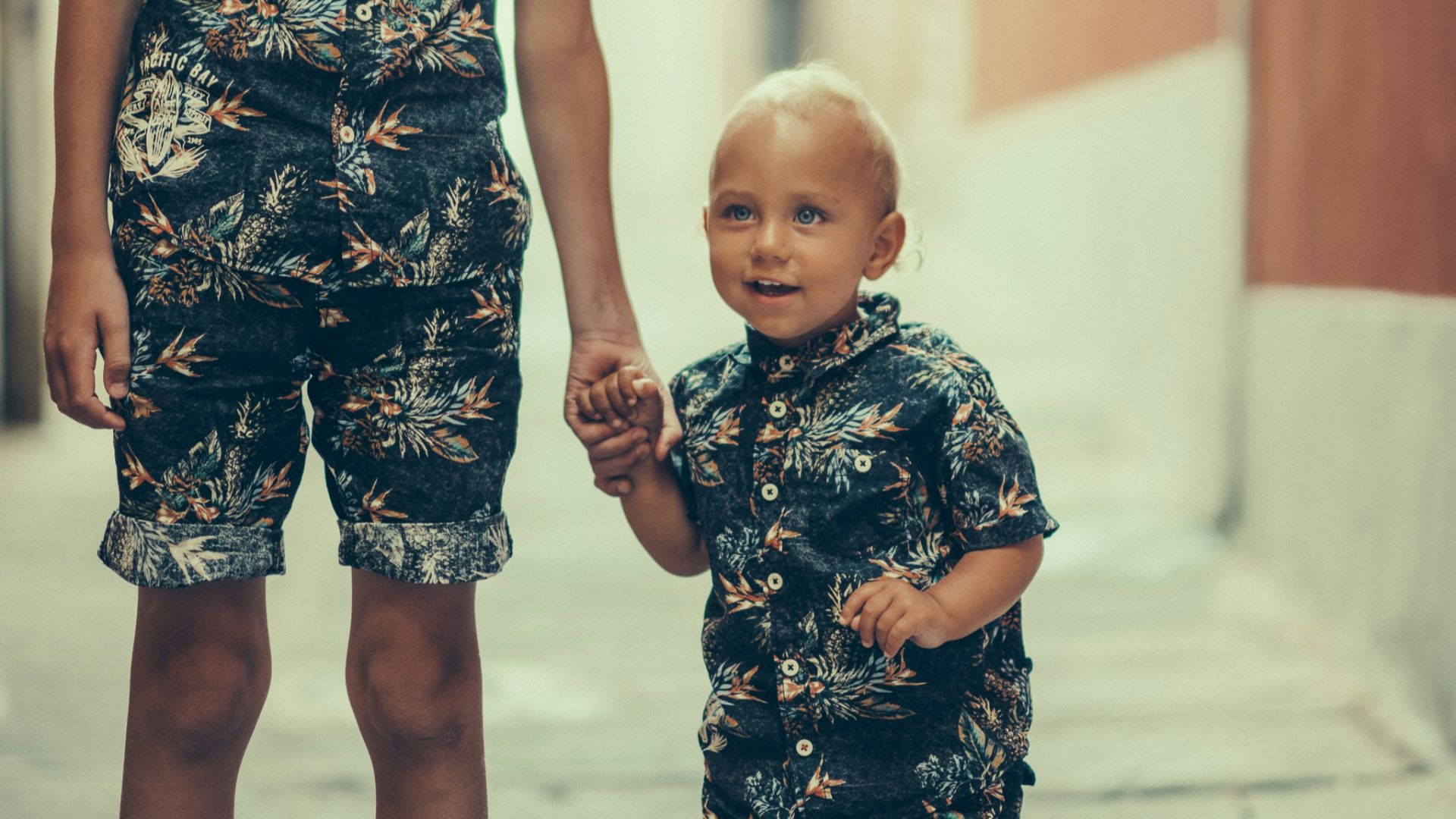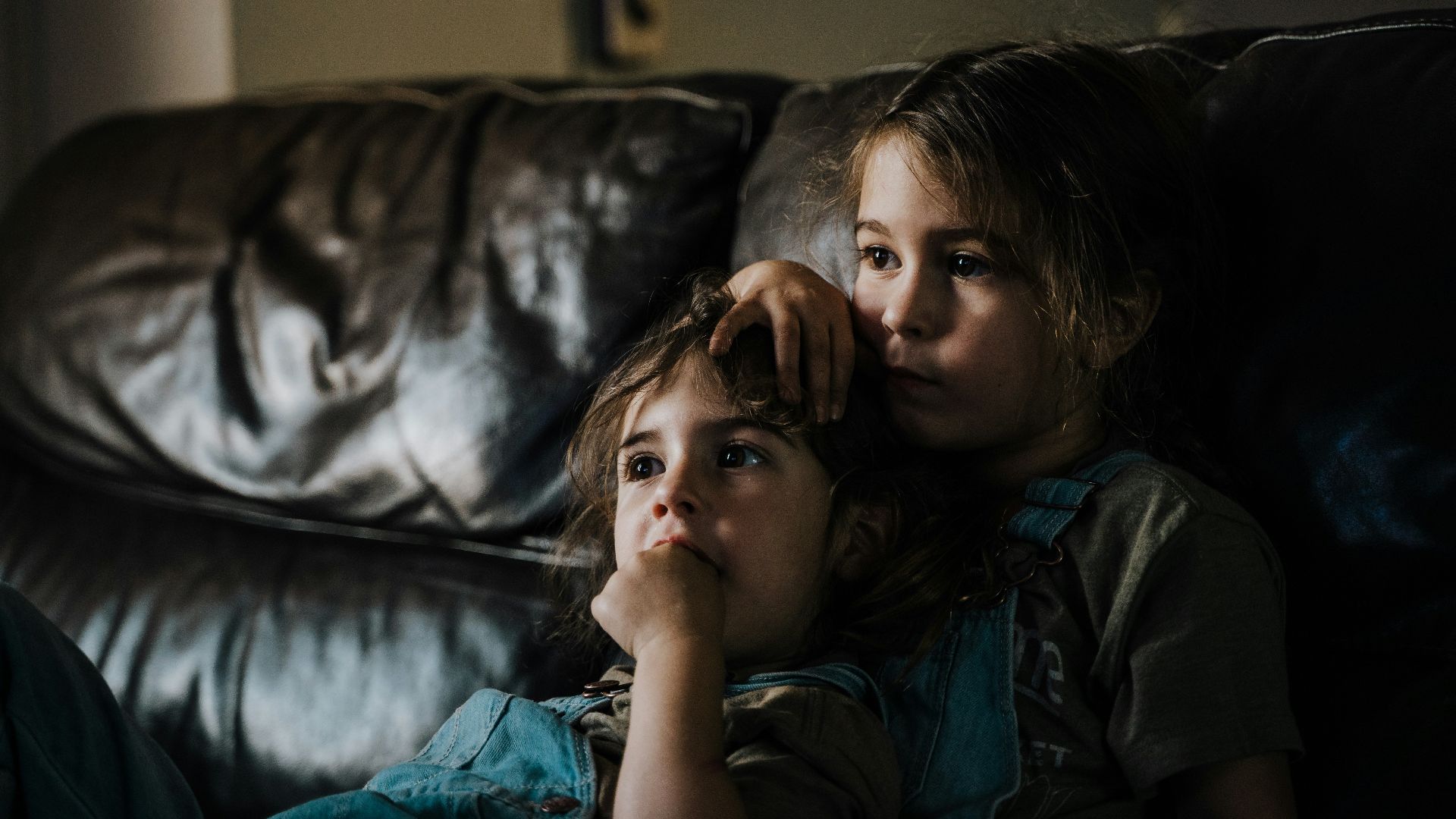From Rivalry to Co-Dependence
Not all sibling relationships are made equally! Some may think of one another as best friends, while others hate their siblings with a burning passion. Either way, here are 20 common sister-brother dynamics that might give you new insights into your own family.
1. Rivals
One of the best-known sibling dynamics is the rivals. These siblings are either pitted against each other by their parents or are simply competitive for the sake of ambition. They’re always trying to one-up each other or come out ahead and will often compare themselves to one another.
2. Harmonious
These siblings are neither too close nor too distant. They’ve achieved a perfect balance of co-existence, and that’s really all they do: they just exist around each other. Their relationship is surface-level but positive, and for them, that’s more than enough.
3. Co-Dependent
The co-dependent siblings are entirely reliant on each other, and this can often come across negatively. They might struggle to be independent or tackle things alone and may whine or complain for their sibling instead. They’ll also mirror each other’s behaviors and will get very upset when separated.
4. Best Friends
As the title suggests, these siblings are the best of friends and will go through thick or thin together. They share hobbies, enjoy each other’s company, and will call each other up the moment anything good or bad happens. They’re best friends, after all!
5. Hostile
These siblings can’t stand each other, and anytime they’re in the same room, a fight is bound to break out. This could be due to some childhood wrongdoings, but they absolutely detest each other.
6. Uninvolved
These siblings are respectful of one another, but aside from that, they keep their distance. Either they know their relationship will turn into hostility, or they simply don’t care enough about one another to involve them in their lives.
7. The Caretaker
The caretaker sibling is that older brother or sister type that will always express concern and love for their sibling. They almost fit into a parental role and can be relied upon to come through when trouble strikes.
8. The Protector
The protector is the more physical equivalent of the caretaker. Rather than provide emotional support, the protector is there to be that physical barrier between their sibling and the rest of the world. Older brother types often fall into this role, but so can sisters.
9. Estranged
The estranged siblings are only connected by relations and nothing else. Maybe their parents split up, or they were separated due to other circumstances, but these siblings missed out on the formative years needed to develop an actual relationship.
10. Indifferent
Unlike the uninvolved siblings, the indifferent siblings simply don’t care. They’re not avoiding one another; they simply don’t think about one another. You can put them in the same room and it won’t bother them one bit. But they also wouldn’t mind never seeing each other again.
11. The Golden Child
When one sibling is the golden child, it means they receive all the praise and expectations from their parents. This can create a rivalry that’s already ended in bitter defeat for one sibling. It can certainly complicate relationships and create disdain for one another.
12. The Jokesters
The jokesters are always getting up to trouble and have been pulling pranks on each other for ages. Their relationship isn’t very serious, and they’ll actually struggle to talk about deep topics. Despite that, they can always have a good time together.
13. The Mentor
The mentor sibling is the one that takes the other under their wing. This mentor-and-apprentice relationship essentially defines each sibling’s role and can be mutually beneficial for both involved.
14. Frenemies
The frenemies usually manage to keep things positive and polite, at least for onlookers. But under the surface, they’re always trying to sabotage one another. They’re like fake friends with ulterior motives.
 Juliane Liebermann on Unsplash
Juliane Liebermann on Unsplash
15. The Parent Sub
Sometimes, family dynamics can cause one sibling to step into the role of the parent. A younger sibling might actually see their sister or brother more like a mom or dad and will hence call on them in their moments of need or support.
16. Long Distance
The long-distance siblings rarely interact physically, and instead, their relationship has been turned into a series of phone calls and occasional vacation meetups.
17. The Generation Gap
These siblings have a lot of years between them due to being born generations apart. The age gap can often lead to them being disconnected and leave one feeling more like an uncle, aunt, or niece/nephew rather than a sister or brother.
18. The Overshadowed
Think about the relationship between Thor and Loki, and you’ve essentially summed up what it feels like to have your entire life overshadowed by a superstar sibling. For the overshadowed sibling, they’d prefer to keep as much distance from the other as possible.
19. Parasitic
The parasitic dynamic is when one sibling takes advantage of the other. This could take the form of emotional or financial manipulation. They can use their incompetence to get handouts or be an inconvenience.
20. Trauma Bonded
The trauma-bonded siblings have a very deep connection that only forms when you survive a difficult childhood together. No one understands them like their sibling, which is why in moments of turmoil, they always turn to one another.

























